This Tuesday, a sunny warm August evening in the Old Port of Montreal, I went to the opening of the Montreal edition of WORLD PRESS PHOTO tour. We were greeted by MATTHIEU RYTZ, president of World Press Photo Montreal, photographer and curator of the exhibition, PAUL RUSELER, representative for World Press Photo, JÉRÔME SESSINI, international photojournalist and double winner in this edition, and WILL STEACY American photojournalist and curator of the complimentary exhibition Deadline presented in this show.
The first question I had concerned this year's choice for World Press Photo of the Year 2014, a photo by MADS NISSEN from Denmark whose touching portrait of intimacy between two gay lovers in Russia seemed an unusual choice for the competition. In recent years the first prize winning images featured crowds facing a common issue or threat instead of such an intimate situation.
 |
| Left to right / De Gauche à Droite : Samian, Paul Ruseler, Jérôme Sessini, Will Steacy & Matthieu Rytz Photos © Lena Ghio 2015 |
There are many extraordinary images again this year that will move you to the core! I would find it extremely difficult to be a judge in this competition. Just to name a few of the dramatic series of images you will see: Blue Sky Days - Contemporary Issues, second prize stories - TOMAS van HOUTRYVE, Belgium: « People exercising in central Philadelphia. Drone operators may consider such signature behaviors as evidence of the existence of a training camp.» : Mothers of Patience - Contemporary Issues, Honorable Mention prize stories - FATEMEH BEHBOUDI, Iran: « Every few months, the bodies of a number of unknown soldiers are discovered near the Iraq-Iran border. The funerals held for them are attended by many of the mothers and families of missing soldiers.» : Ebola in Sierra Leone - General News, first prize stories - PETE MULLER, USA : « Medical staff escort a man, delirious in the final stages of Ebola, back into the isolation ward from which he had escaped, in Hastings, near the capital Freetown. The man had attempted to climb over the back wall of the complex, before collapsing in a convulsive state. A complete breakdown of mental facilities is a common stage of advanced Ebola. The man died shortly after this picture was taken. » Follow this link to see interview with Pete Muller.
 |
| Centre Jérôme Sessini photographing the site / Jérôme Sessini photographie le site Photos © Lena Ghio 2015 |
FRANÇAIS
Mardi dernier, une soirée ensoleillée et chaude dans le Vieux Port de Montréal, Je me suis rendue à l'inauguration de l'édition Montréalaise du WORLD PRESS PHOTO tour. Nous avons été acceuillis par MATTHIEU RYTZ, président du World Press Photo Montreal, photographe et commissaire de l'exposition, PAUL RUSELER, représentant du World Press Photo, JÉRÔME SESSINI, photojournaliste international et double lauréat de cette édition, et WILL STEACY photojournaliste Américain et commissaire de l'exposition complémentaire Deadline qui est présenté en tandem avec l'expo.
Ma première question concernait le choix de la World Press Photo de l'Année 2014, une image captée par MADS NISSEN du Danemark. C'est une scène intime entre deux amants gays qui vivent en Russie. Ce qui me semblait inusité c'est justement l'élément domestique de l'image. Dans les récentes années les photos gagnantes du premier prix représentaient des foules ou des groupes de gens en confrontations avec un problème ou une menace commune plutôt qu'un tableau si privé.
 |
| Fron Left to Right, De Gauche à Droite: Benoit Aquin, Caroline Hayeur, Patrick White & Tammy Emma Pépin. Photos © Lena Ghio 2015 |
Nous avons appris plus de détails sur le processus de sélection du jury. Paul Ruseler nous a dit que les photographes soumettent plusieurs prises des événements qu'ils couvrent, ou que les juges demandent quelquefois à visualiser plus d'images que celles déjà soumisent pour les aider à évaluer les photos. Dans ce cas-ci ils avaient vu les images de protestations et de violences dans les rues mais avaient considéré que cette photo illustrait les dégâts psychologiques des événements dans la vie des individus, dans leur foyer mais toujours terrorisés. Will Steacy a ajouté que souvent c'est ce type d'images qui aident les gens à réfléchir sur les conséquences de leurs actions et de leurs politiques sur les citoyens ostracisés. On ne peut qu'espéré que ceci est le cas!
-LENA GHIO
Cette année il y a TROIS EXPOSITIONS COMPLÉMENTAIRES
DEADLINE
Grand reportage du photographe américain Will Steacy réalisé durant cinq ans dans la salle de presse et à l’imprimerie du quotidien The Philadelphia Inquirer.
REGARDS, OXFAM-QUÉBEC, 3e édition
Photoreportage sur les inégalités sociales et économiques à travers le monde, par Valerian Mazataud, Tamy Emma Pépin, Marie-Ève Rompré, Pascal Rousseau et Nicolas Montibert.
WAPIKONI : QUAND LE CINÉMA CRÉE DES PONTS
Dix années d’interventions du Wapikoni dans les communautés autochtones d’ici et d’ailleurs, captées par la caméra des formateurs, intervenants et participants.


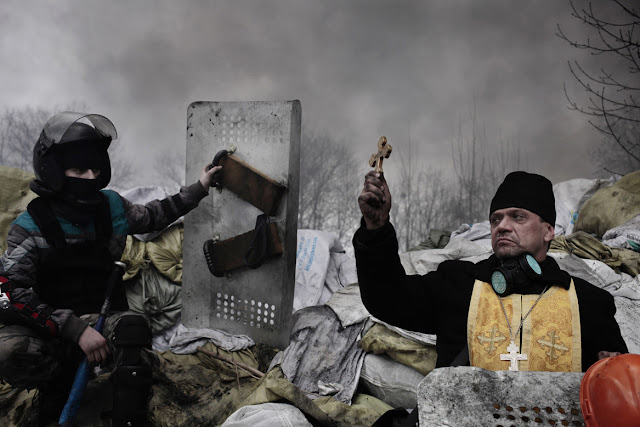
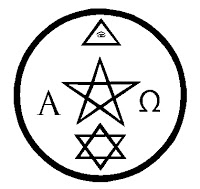













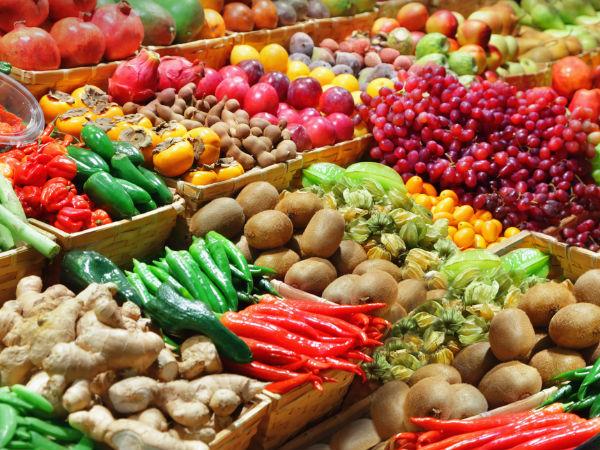


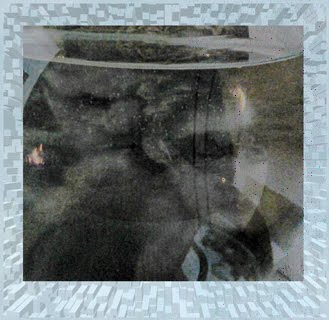
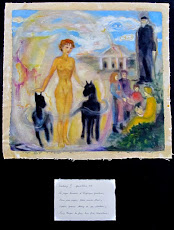



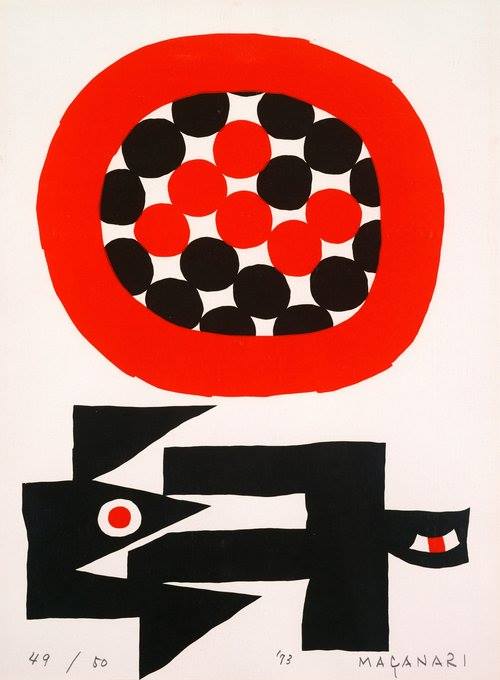

No comments:
Post a Comment